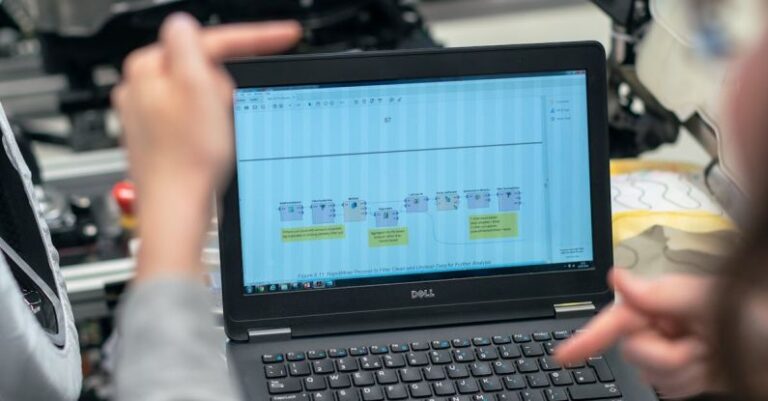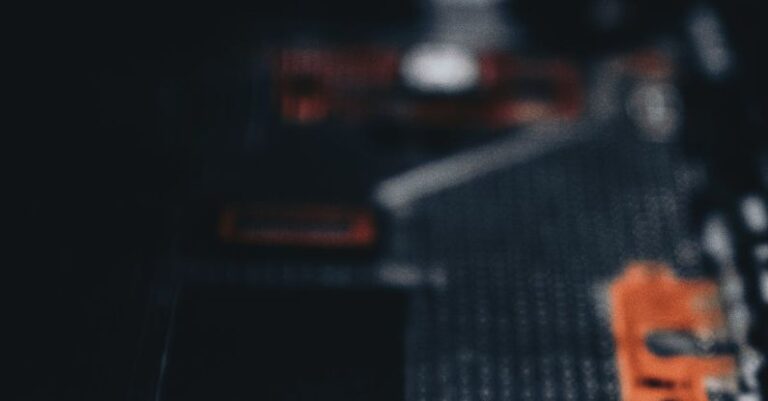
Artists today are increasingly turning to creative coding tools to enhance their work and explore new forms of expression. These tools combine traditional artistic techniques with technology to create innovative and interactive pieces that push the boundaries of art. From generative art to interactive installations, creative coding offers artists a way to blend art and technology seamlessly. Here are some of the top creative coding tools that artists can utilize to bring their visions to life.
Processing:
One of the most popular creative coding tools among artists is Processing. Created by Ben Fry and Casey Reas, Processing is an open-source programming language and environment designed for visual arts. It allows artists to create dynamic and interactive visuals through code. With its simple syntax and powerful features, Processing is widely used for creating generative art, data visualizations, and interactive installations.
OpenFrameworks:
OpenFrameworks is another versatile creative coding tool that artists can use to create interactive art projects. Developed by Zach Lieberman and Theo Watson, OpenFrameworks is an open-source C++ toolkit that provides artists with a wide range of libraries and tools for creative coding. From computer vision to audio processing, OpenFrameworks offers artists the flexibility to experiment and create unique interactive experiences.
P5.js:
P5.js is a JavaScript library that is based on Processing and designed for creative coding on the web. With its easy-to-use syntax and built-in functions, P5.js is an excellent tool for artists looking to create interactive art projects that can be easily shared online. From animations to interactive websites, P5.js allows artists to bring their ideas to life in the browser.
Cinder:
Cinder is a powerful C++ creative coding framework that is popular among artists and creative coders. With its rich set of libraries and tools, Cinder enables artists to create visually stunning and interactive art projects. From virtual reality experiences to real-time simulations, Cinder offers artists the tools they need to push the boundaries of creativity.
Max/MSP/Jitter:
Max/MSP/Jitter is a visual programming language and environment that is widely used by artists for creating interactive multimedia projects. With its modular design and intuitive interface, Max/MSP/Jitter allows artists to design custom audiovisual systems and interactive installations. From live performances to interactive art installations, Max/MSP/Jitter provides artists with a versatile platform for creative coding.
Unity:
Unity is a popular game development platform that artists can use to create interactive art projects and virtual environments. With its powerful graphics engine and intuitive development tools, Unity enables artists to bring their visions to life in 3D. From interactive storytelling to virtual reality experiences, Unity offers artists a comprehensive platform for creating immersive and engaging art projects.
TouchDesigner:
TouchDesigner is a node-based visual programming language that is widely used by artists for creating real-time interactive installations and performances. With its flexible architecture and extensive library of tools, TouchDesigner allows artists to create complex multimedia projects with ease. From interactive visuals to responsive environments, TouchDesigner offers artists a versatile platform for creative coding.
In conclusion,
Creative coding tools have revolutionized the way artists approach their craft, allowing them to explore new forms of expression and push the boundaries of art. Whether creating generative art, interactive installations, or virtual environments, these top creative coding tools provide artists with the resources they need to bring their visions to life in innovative and exciting ways. By embracing technology and coding, artists can create immersive and engaging art projects that captivate audiences and inspire creativity.





